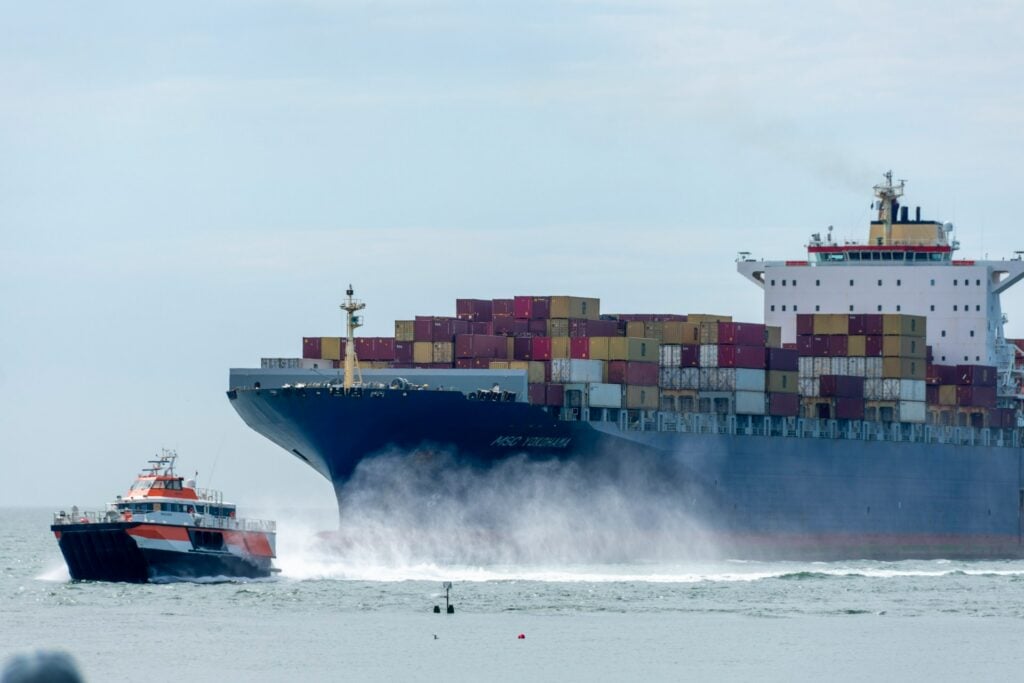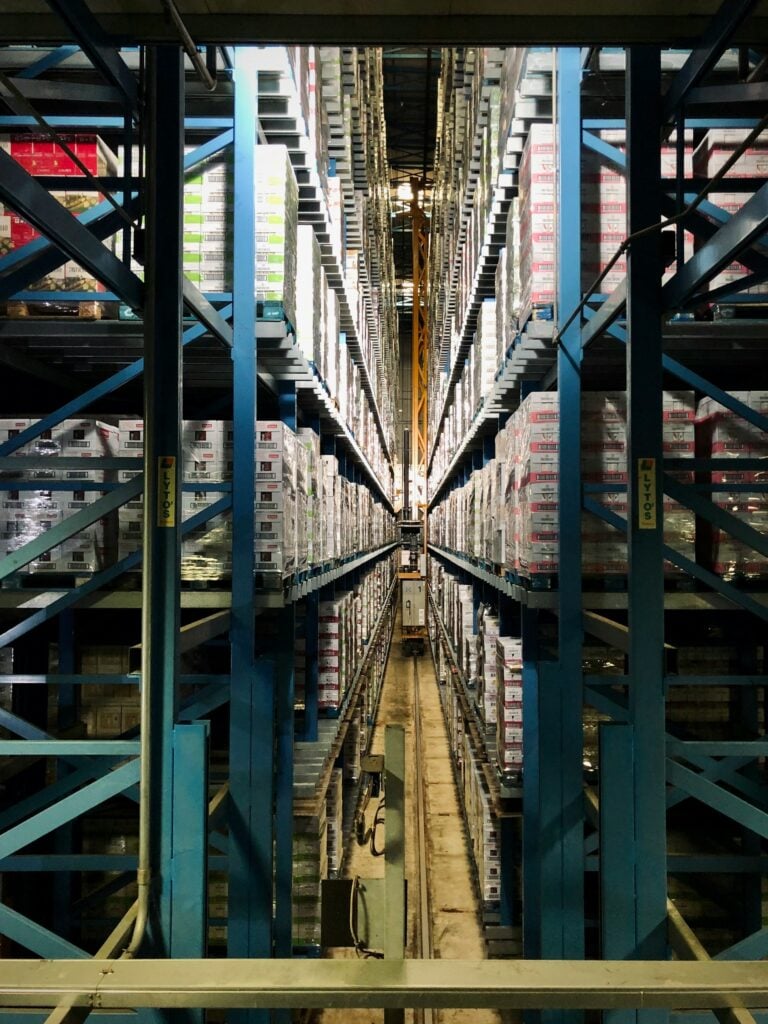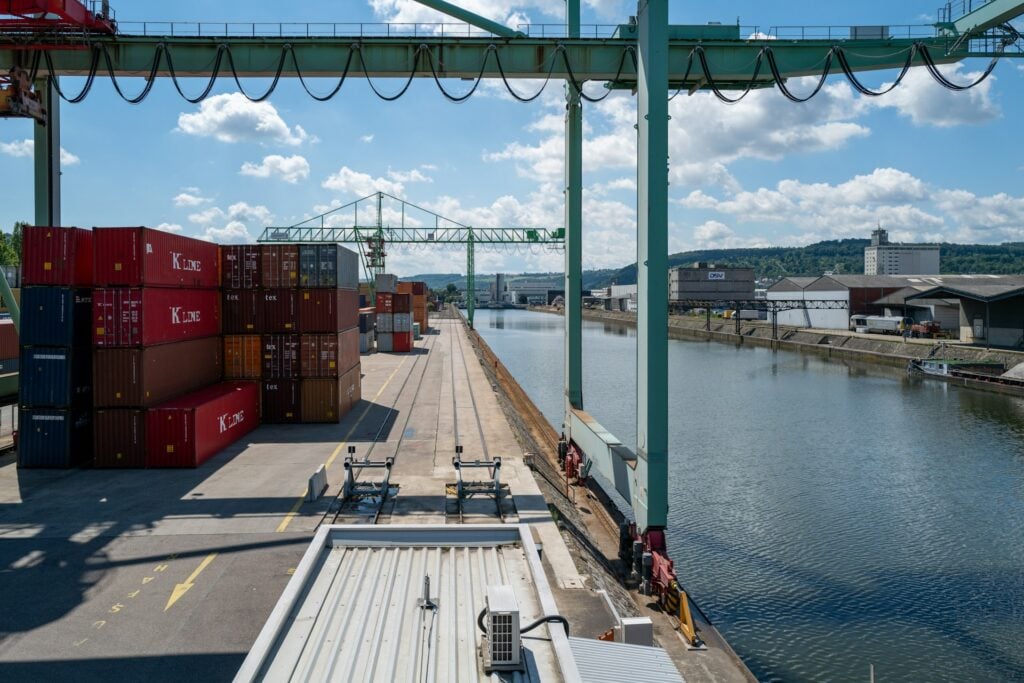As environmental regulations tighten and consumer demand for sustainability grows, Scope 3 emissions have become a focal point for freight forwarders. These emissions, representing the majority of a company’s greenhouse gas output, span the entire value chain: from supplier activities to end-customer delivery.
Understanding and addressing Scope 3 emissions is essential for compliance with frameworks like the Corporate Sustainability Reporting Directive (CSRD). It also plays a key role in achieving long-term sustainability goals.
Understanding Scope 3 Emissions and Their Importance
The Three Emission Scopes Defined
Greenhouse gas (GHG) emissions are categorized into three scopes to streamline tracking and reporting. Scope 1 covers direct emissions from company-owned or controlled sources, such as vehicles owned by the company.
Scope 2 encompasses indirect emissions from purchased electricity, heat, or steam consumption.
Finally, Scope 3 involves all other indirect emissions across the value chain, including upstream and downstream activities like transportation, distribution, and waste disposal. For freight forwarders, Scope 3 emissions represent the majority of their environmental impact.
What Are Scope 3 Emissions?
Scope 3 emissions are often the largest contributor to a company’s total greenhouse gas inventory, accounting for up to 80% of total emissions. For freight forwarders, these emissions stem from a wide range of activities across the supply chain.
They include upstream emissions, such as transporting raw materials to warehouses, and downstream emissions, such as last-mile delivery. Addressing Scope 3 emissions requires a comprehensive approach to accurately measure and manage these indirect emissions.
Why Scope 3 Emissions Are Crucial for Businesses
Regulatory compliance is a major driver for addressing Scope 3 emissions. The Corporate Sustainability Reporting Directive (CSRD) mandates companies to report Scope 3 emissions using established frameworks like the GHG Protocol.
Non-compliance can lead to financial penalties and damage to a company’s reputation. Beyond regulations, consumer demand is shifting toward sustainability, with 85% of consumers prioritizing eco-friendly practices.
By addressing Scope 3 emissions, businesses not only comply with regulations but also meet market expectations and demonstrate environmental responsibility.
This alignment with long-term sustainability goals further reinforces their commitment to reducing their environmental impact.
How Scope 3 Emissions Impact Freight Forwarders
Relevant Categories for Freight Forwarders
For freight forwarders, Scope 3 emissions are particularly significant in two categories:
Category 4 focuses on upstream transportation and distribution. It includes emissions from transporting goods purchased from suppliers, such as raw materials delivered to warehouses.
Category 9 emphasizes downstream transportation and distribution. It covers emissions from shipping goods from warehouses to end customers, including last-mile delivery.
These categories highlight the critical role of freight forwarders in managing supply chain emissions effectively.
Freight Forwarders’ Unique Role in Managing Supply Chain Emissions
Freight forwarders hold a pivotal position in emissions management due to their access to granular data across the supply chain. They can accurately calculate total emissions for both upstream and downstream activities by analyzing shipment leg breakdowns and carrier-specific data.
This capability allows freight forwarders to offer their clients detailed emissions inventories. It also helps them implement emissions reduction strategies that align with regulatory requirements and sustainability goals.
Benefits of Measuring Scope 3 Emissions for Freight Forwarders
Regulatory Compliance with Reporting Frameworks
Freight forwarders play an essential role in helping their clients meet regulatory requirements. By accurately measuring and reporting emissions in compliance with the GHG Protocol and CSRD standards, they ensure their clients avoid regulatory penalties while maintaining transparency in emissions reporting.
Improved Decision-Making with Emissions Data
Access to detailed emissions data enables freight forwarders to optimize supply chains effectively. By analyzing this data, they can identify inefficiencies, optimize routes, and reduce total emissions. This proactive approach not only lowers operational costs but also supports broader sustainability objectives.
Enhancing Brand Reputation
Emissions reporting demonstrates environmental responsibility, which enhances a freight forwarder’s brand reputation.
Clients increasingly prioritize sustainability, and companies that align with these values are more likely to attract and retain eco-conscious customers. Accurate emissions data positions freight forwarders as reliable partners in sustainable logistics.
Gaining a Competitive Edge Through Emissions Reduction
Freight forwarders who integrate emissions reduction into their services gain a distinct competitive advantage. By offering clients value-added services, such as emissions tracking and reduction strategies, they build stronger client relationships and position themselves as leaders in sustainability within the logistics industry.
Dockflow can help you do exactly that through accurate emissions tracking data and reliable offsetting solutions.
Leveraging Dockflow to Manage Scope 3 Emissions
Dockflow is the ultimate solution for freight forwarders. It streamlines operations with features like container tracking, supply chain management, and emissions tracking and reporting. Key features include:
Real-Time Emissions Tracking Across the Supply Chain
Dockflow enables freight forwarders to monitor emissions data in real-time, offering precise insights for both upstream and downstream activities. The platform captures detailed emissions inventories for each shipment leg, enabling forwarders to calculate total greenhouse gas emissions across the supply chain with precision.
Automating Emissions Reporting for CSRD Compliance
Dockflow simplifies compliance with the CSRD and GHG Protocol by automating the data collection and emissions calculation process. The platform generates reports in standardized formats aligned with international sustainability standards, reducing the administrative burden on freight forwarders while ensuring accuracy.
Enhancing Efficiency and Sustainability Through Analytics
Dockflow’s predictive analytics tools allow freight forwarders to identify high-emission routes and recommend alternatives to reduce environmental impact. These analytics provide clients with proactive solutions to minimize emissions, optimize operations, and enhance sustainability across their supply chains.
How Freight Forwarders Can Take Action Now
Build Strong Emissions Data Collection Systems
To meet CSRD requirements for Categories 4 and 9, freight forwarders must establish reliable emissions data collection systems. Modeling total emissions using shipment data ensures accurate reporting and regulatory compliance.
Adopt Technology Solutions for Accurate Emissions Calculations
Technology platforms like Dockflow provide freight forwarders with the tools needed to measure and report Scope 3 emissions effectively. Automation reduces errors and streamlines reporting processes, enabling forwarders to focus on sustainability initiatives.
Promote the Value of Emissions Reduction to Clients
Freight forwarders should educate their clients on the benefits of emissions reduction, from regulatory compliance to cost savings. Highlighting these advantages fosters collaboration and strengthens client relationships.
Position for Growth in a Sustainability-Focused Market
Freight forwarders who prioritize emissions reporting and reductions position themselves for long-term growth in a sustainability-driven market. By demonstrating leadership in emissions management, they secure opportunities in a competitive and environmentally conscious logistics sector.
The Future of Scope 3 Emissions Reporting for Freight Forwarders
Adapting to Emerging Reporting Frameworks and Standards
The transition from the NFRD to the CSRD marks a significant evolution in emissions reporting. Freight forwarders must stay ahead by aligning their practices with the EU Taxonomy and incorporating the European Sustainability Reporting Standards (ESRS) into their operations.
The Role of Technology in Decarbonizing Supply Chains
Advancements in AI and IoT are transforming emissions reporting. Real-time tracking and predictive analytics, as offered by Dockflow, enable freight forwarders to decarbonize their supply chains effectively, paving the way for more sustainable logistics practices.
Building a Sustainable Logistics Industry Through Emissions Reduction
Freight forwarders play a crucial role in reducing the environmental impact of the logistics industry. By prioritizing Scope 3 emissions management, they support the European Union’s climate goals and contribute to building a sustainable future.
Final Thoughts on Scope 3 Emissions for Freight Forwarders
Freight forwarders have a unique opportunity to lead the logistics industry in managing and reporting Scope 3 emissions. By leveraging Dockflow’s real-time tracking tools and CO2 emissions tracking solutions, they can enhance sustainability efforts, meet regulatory requirements, and build long-term success in an eco-conscious market.




